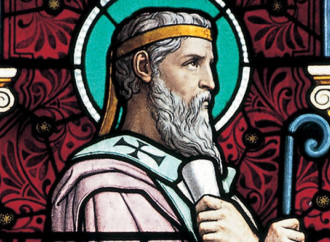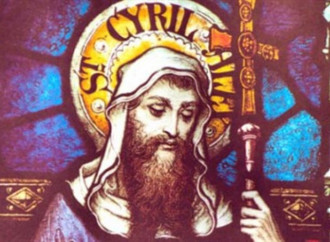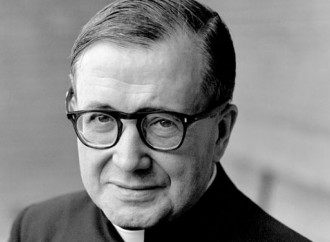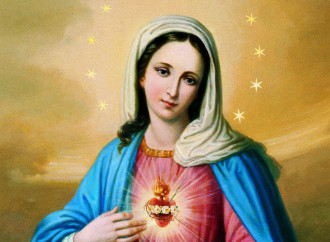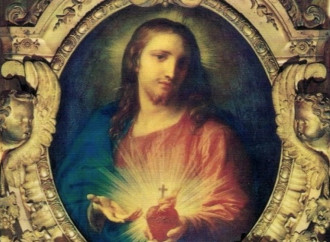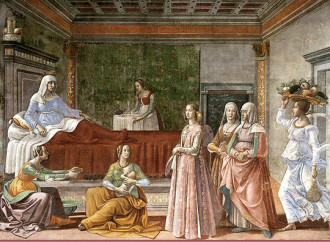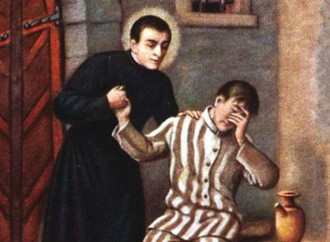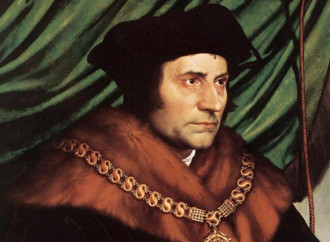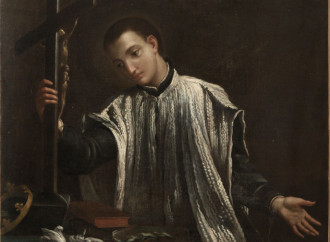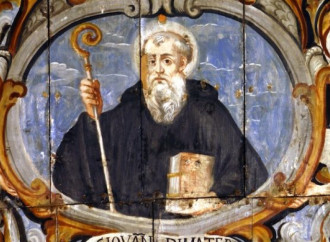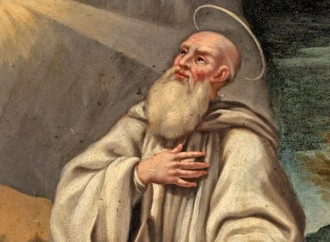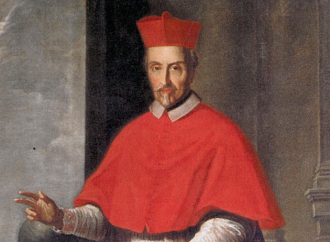Saint Irenaeus of Lyons
Saint Irenaeus of Lyons (c. 130-202), a disciple of Saint Polycarp, in turn a disciple of Saint John the Evangelist, was the first theologian who lived after the apostolic age to compile an organic synthesis of Christianity
Saint Cyril of Alexandria
Saint Cyril of Alexandria (c. 370-444) in the East was called “Seal of all the Fathers” because of the way he expounded the doctrine of the Incarnation and defended orthodoxy, playing a central role in the Christological dispute that led to the Council of Ephesus in 431.
Saint Josemaria Escrivá
“Either we know how to find the Lord in our ordinary life, or we will never find Him,” taught Saint Josemaria Escrivá (1902-1975). The founder of Opus Dei (Work of God) had the merit of remembering that all men are called to holiness, which can be achieved first of all through the sanctification of daily work.
Immaculate Heart of Mary
The day after the Solemnity of the Sacred Heart of Jesus, the Church celebrates the liturgical commemoration of the Immaculate Heart of Mary, awaiting with firm hope the fulfilment of the promise made by the Heavenly Mother to the three little shepherds of Fatima: “Finally, my Immaculate Heart will triumph”.
Sacred Heart of Jesus
On 27 December 1673, on the feast day of St. John the Evangelist (the apostle who at the Last Supper laid his head on the breast of Our Lord to know who would betray Him), St. Margaret Mary Alacoque (1647-1690) had the first great revelation about the secrets of the Sacred Heart of Jesus, which filled her with His divine presence while the Visitandine (Visitation) nun was gathered in Eucharistic adoration.
Nativity of Saint John the Baptist
“What kind of child will this be?” (Lk 1:66). Together of course with Mary Most Holy, Saint John the Baptist is the only creature whose nativity the Church solemnly celebrates. It falls six months before the earthly birth of Jesus, the Son of God made man.
Saint Joseph Cafasso
He was a father to prisoners and convicts awaiting execution, showering them with love, inducing them to reconcile with God. He trained priests and saints, including St John Bosco who had him as spiritual director for 25 years and called him “model of priestly life”.
Saint Thomas More
When John Paul II proclaimed Saint Thomas More (1478-1535) patron saint of statesmen and politicians, he praised “his passion for the truth”. Pope Wojtyla recalled that the message of the English statesman, martyred under Henry VIII for having defended the freedom of the Church from the self-proclaimed religious supremacy of the king, “speaks to men of all times of the inalienable dignity of conscience”.
Saint Aloysius Gonzaga
How was it possible that Saint Aloysius Gonzaga (1568-1591), the brilliant first-born of a family of high nobility who was destined to become a marquis, decided resolutely to leave everything and follow Christ? To understand him, a good start could be the answer he gave to those who could not fathom how he could give up the marquisate: “I seek salvation, you seek it too! You can't serve two masters”.
Saint John of Matera
In northern Apulia, on Mount Gargano, less than ten kilometres from the Sanctuary of San Michele Arcangelo, stands the Abbey of Santa Maria di Pulsano, which was the seat of the Congregation of Pulsano Hermits, founded in the 12th century by St John of Matera (c. 1070-1139).
Saint Romuald
The first imperative in the life of the founder of the Camaldolese, Saint Romuald (c. 951-1027), was the search for God. And it is for this reason that he continually went in search of saintly solitude, founding hermitages and small monasteries in different parts of Italy, where he could cultivate the necessary prayerful meditation.
Saint Gregory Barbarigo
When in May 1656 Rome was struck by a terrible plague, Saint Gregory Barbarigo (1625-1697) had only been a priest for five months and had not yet turned 31. And yet Alexander VII, who knew his virtues well, put him at the head of the special commission that organised relief for the plague victims.

